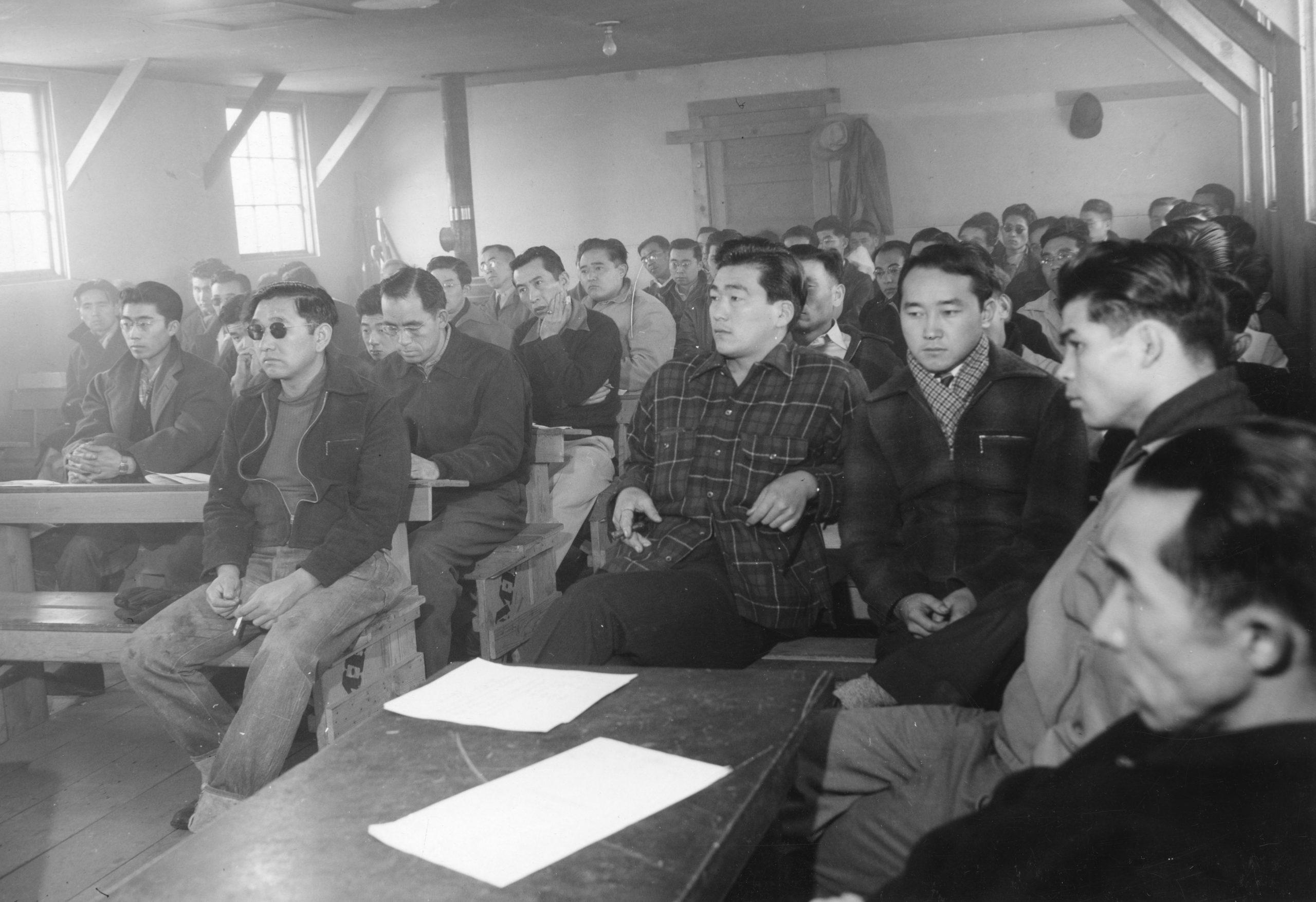On October 30 I had the privilege of presenting Resistance at Tule Lake at an event with University of Maryland students presenting their new research on police reports from the concentration camp. In Summer and Fall 2019, these young researchers from the UMD Digital Curation Innovation Center (DCIC) analyzed “Internal Security Case Reports” on incarcerated Japanese Americans. The reports, numbering over 25 thousand, have been hidden away in War Relocation Authority files for over seven decades. 15,648 come from the Tule Lake concentration camp. They were written by camp investigators, police officers, and directors of internal security.
Students’ research brings new stories to light
-
Six women staging a sit-down strike at Gate #3, demanding to see their husbands incarcerated in the stockade
-
Seven men attempting to escape from Tule Lake by crawling under the perimeter fence by the canal, between Towers 12 and 13.
Students inspired by our film’s story of resistance

“Mapping Narratives of Resistance in Tule Lake” by Connor Mullane, Britton, Schams, Mirielle Vasselli, Chenxi Liu, and Jiale Xu (University of Maryland, College Park)
The researchers also analyzed where members of resistance networks lived, including the members of the Negotiating Committee who met with Project Director Raymond Best during events leading up to the Tule Lake “riot” and the U.S. Army entering the camp to impose martial law. I’m still in contact with professor Richard Marciano, who spearheaded the entire project, and the students, to continue this research and deepen our understanding of Tule Lake resistance.
Thank you so much for making such a significant contribution. The internment of the Japanese is a very shameful part of American history, so it’s important that it is not forgotten.After watching this film, I felt an emotional connection with all of this and a huge motivation to do my research. I watched this film three times and I still can learn something new from it. It’s very informative, touching, and heartbreaking.— Chenxi Liu, Graduate Student at the College of Information Studies, University of Maryland

